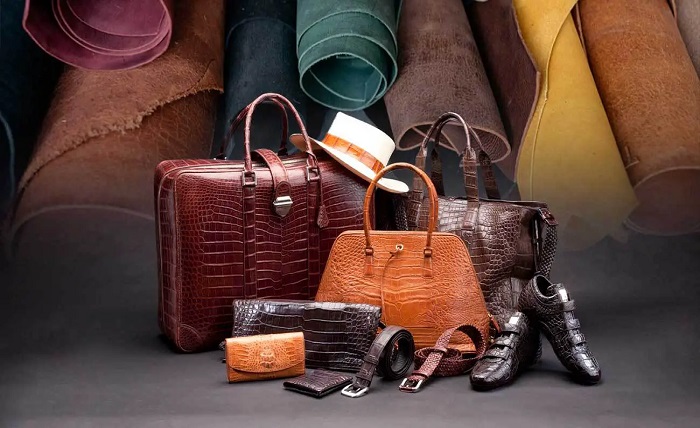The Timeless Allure of Leather

Leather has been a beloved material for centuries, prized for its durability, versatility, and timeless appeal. From clothing to furniture, accessories to vehicles, leather has proven to be a staple material in many aspects of our lives. But what exactly is leather, where does it come from, and why does it continue to captivate us?
Understanding the History of Leather
The history of leather dates back thousands of years. Some of the earliest evidence of leather dates back to the Paleolithic era, where cave paintings depict early humans using animal hides for clothing and shelter. Over time, leather became a widely traded commodity, used for everything from armor to footwear.
The process of turning animal hides into leather has remained largely the same for centuries. First, the hides are treated to remove any flesh, hair, or fat. Then, they are soaked in water to soften the skin and remove any remaining impurities. Next, the hides are treated with tanning agents, such as vegetable oils, to prevent them from decomposing and to give them their characteristic flexibility and durability.
Today, the leather industry is a multi-billion dollar industry, with production centers all around the world. Some of the top producers of leather include Italy, China, and India. The industry is also a major source of employment, providing jobs to millions of people worldwide.
The Production of Leather
The production of leather is a complex process that involves many different stages. It typically begins with the procurement of animal hides, which can come from a variety of sources, including cows, sheep, goats, and even exotic animals like crocodiles and snakes.
Once the hides are procured, they are treated to remove any impurities and to prepare them for tanning. This process involves soaking the hides in water or a chemical solution to remove any remaining flesh, hair, or fat. The hides are then stretched and dried, either by hanging them on racks or by using a machine.
After the hides have been prepared, they are treated with tanning agents to give them their characteristic flexibility and durability. There are many different types of tanning agents, including vegetable oils, synthetic chemicals, and even fish oils. Each tanning agent has its own unique properties and can produce different types of leather.
Once the leather has been tanned, it can be further processed to create different finishes, such as a matte or glossy look. It can also be dyed to create different colors and patterns. The final product can be used for a wide range of applications, including clothing, accessories, furniture, and even automobile upholstery.
Read more about Kanye West Clothing Line
The Appeal of Leather
Leather is a material that has a timeless appeal. It has been used for centuries and continues to be a popular choice for many different products. But what is it about leather that makes it so appealing?
One of the main appeals of leather is its durability. Leather is a material that can withstand the test of time, and it only gets better with age. With proper care, leather products can last for years, if not decades. This is why leather is often seen as a worthwhile investment.
Another appeal of leather is its versatility. Leather can be used for a wide range of products, from clothing to furniture, and everything in between. It is a material that can be dressed up or down, depending on the occasion. Leather can be used to create a rugged, outdoorsy look, or a sleek and sophisticated one.
Finally, leather has a certain aesthetic appeal that is hard to replicate with other materials. It has a natural, organic look that is both rugged and refined. Leather has a texture and depth that is hard to achieve with synthetic materials. It is a material that is unique and has character, as each piece of leather is different and has its own imperfections and variations.
Leather is also a material that is associated with luxury and status. It has been used for centuries by royalty and aristocrats, and it continues to be a popular choice for high-end fashion and luxury goods. The feel and look of leather exudes a sense of luxury and sophistication, making it a desirable material for many.
However, it is important to note that the production of leather can have negative environmental impacts. The tanning process can involve the use of chemicals that are harmful to the environment, and the disposal of animal waste can also be a concern. As consumers, it is important to consider the environmental impact of the leather products we purchase and to choose products that are produced in a sustainable and ethical manner.
Leather is a material that has a rich history and a timeless appeal. Its durability, versatility, and aesthetic appeal make it a popular choice for many different products, from clothing to furniture, and everything in between. However, as consumers, it is important to be aware of the environmental impact of leather production and to choose products that are produced in a sustainable and ethical manner. With proper care and attention, leather products can last for years and continue to be cherished for generations to come.




